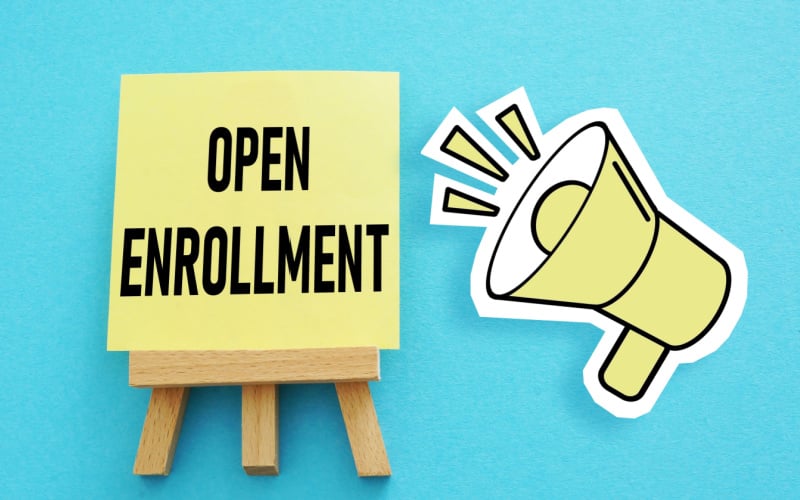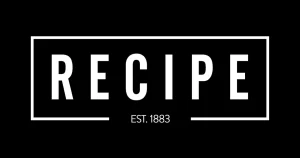:max_bytes(150000):strip_icc()/GettyImages-82981324-christmas-lights-twinkle-lights-dorm-room-decor-57b1b6413df78cd39ce7cc89.jpg)
December Health & Wellness 2023

November 27th – December 8th
We’ve made a change to our health care coverage carrier.
As of January 1, 2024, Imagine360 will take the place of United Healthcare!
If you didn’t get to attend the insurance seminar or if you have questions, please watch the short video.

Scan this QR Code or visit: https://www.brainshark.com/gallagher/TLS2024

Financial Wellness
4 Steps to Improved Financial Wellness
Financial wellness can mean different things to different people. In general, though, it is a state in which you can pay your bills, cover unexpected expenses, and save for long-term goals like retirement. Achieving financial wellness can help to ease your mind and relieve money-related stress.
Most of us can stand to make at least some improvements in our financial wellness. These steps will help.
1. Create a budget. A budget will help you differentiate between needs and wants, identify unneeded spending, and plan for short- and long-term goals.
2. Build an emergency fund. If you can’t cover the unexpected costs that inevitably come up (car repairs,
medical bills, etc.), it will be tough to gain financial ground. Most experts recommend setting aside three to six months’ worth of living expenses. If that seems overwhelming, aim for one month’s worth at first.
3. Pay off credit card debt. Once you have an emergency fund, start to pay off any credit card or other high-
interest-rate debt. One method is to begin with the debt that carries the highest interest rate and pay it off as aggressively as you can. Then move to the debt with the next-highest interest rate.
4. Save for retirement. The sooner you start saving for retirement, the more time your investments have to grow. Ask your employer if they offer a 401(k) or another type of retirement plan. If they do, and if the plan includes an employer match, make sure you save at least enough to get the full match.
Keep your eye on the ball – As your financial worries ease a bit, it may be tempting to fudge on some of your financial wellness plans. By staying committed, you’ll achieve your goals and enjoy the lasting benefits of financial wellness.
 How To Build Your Budget
How To Build Your Budget
A budget can be a powerful tool. It can help you understand where your money goes, find ways to save more, and achieve your financial goals.
A budget can be as simple or complex as you want. Here’s how to get started.
1. Track your expenses. First, understand how you are currently spending your money. Look at recent bills, bank statements, and credit card statements to get the details.
2. Put your spending into categories. Examples include housing, food, transportation, utilities, entertainment, etc.
3. Add up your income. Next, add up your household’s monthly take-home pay. (That means the money
that actually gets to your bank account after taxes, insurance, and other deductions.)
4. Calculate the difference. Subtract your monthly expenses from your monthly income.
• If there is money left over, put as much as you can toward your first and most important financial goal (such as setting up an emergency fund).
• If you are falling short, find places to cut back on spending.
Free apps can help!
There are plenty of free apps that can make it easier to manage your budget. Some of the top apps include Mint, Honeydue, and Goodbudget.

Christmas Prime Rib
:max_bytes(150000):strip_icc():format(webp)/ALR-219587-christmas-prime-rib-VAT-4x3-2_edited-f1f372541fc74b1283813cee9561a093.jpg)
Ingredients:
1 (6 pound) boneless prime rib roast
2 tablespoons prepared horseradish
2 tablespoons Dijon mustard
2 teaspoons kosher salt
2 teaspoons coarsely ground black pepper
2 teaspoons dried thyme
2 teaspoons garlic powder
2 stalks celery, cut into 2-inch pieces
1 carrot, cut into 2-inch pieces
1 small unpeeled onion, quartered and separated
Au Jus Sauce:
2 teaspoons concentrated beef base (paste)
1 ½ cups water
1 teaspoon cornstarch
1 teaspoon water
Directions:
- Gather all ingredients.
- The day before serving, remove the roast from the package and dry thoroughly with paper towels. Set roast on a baking sheet, and place in refrigerator overnight. Remove from refrigerator 1 hour before cooking to allow meat to reach room temperature.
- Rub the roast all over with horseradish and Dijon mustard. Mix kosher salt, black pepper, thyme, and garlic powder together in small bowl, sprinkle over the roast.
- Preheat the oven to 450 degrees F (230 degrees C). Place celery, carrot, and onion into the bottom of a roasting pan; place the roast on top.
- Roast in the preheated oven for 30 minutes. Reduce oven temperature to 350 degrees F (175 degrees C), and roast until the meat is browned and an instant-read meat thermometer inserted into the thickest part of the roast reads 130 degrees F (54 degrees C) for medium-rare.
- Remove from oven, transfer roast to a platter, and cover with a tent of aluminum foil. Allow to rest for 30 minutes. The temperature of the meat will rise about 10 degrees during resting time.
- To make au jus sauce: Skim excess fat from pan drippings in the roasting pan. Place the pan over a burner set to medium heat; stir in beef base and 1 1/2 cups of water. Bring to a boil, scraping and dissolving any brown flavor bits from the bottom of the pan.
- Strain out and discard vegetables. Combine cornstarch and 1 teaspoon of water in a small bowl; whisk the mixture into sauce.
- Allow sauce to thicken slightly; pour into a gravy boat and serve with roast.
- Serve and enjoy!
| Prep Time | Cook Time | Additional Time |
| 15 Minutes |
2 Hours |
8 HRS 30 MINS |
| Total Time |
Servings |
Yield |
| 10 HRS 45 MINS |
12 |
1 prime rib roast |
